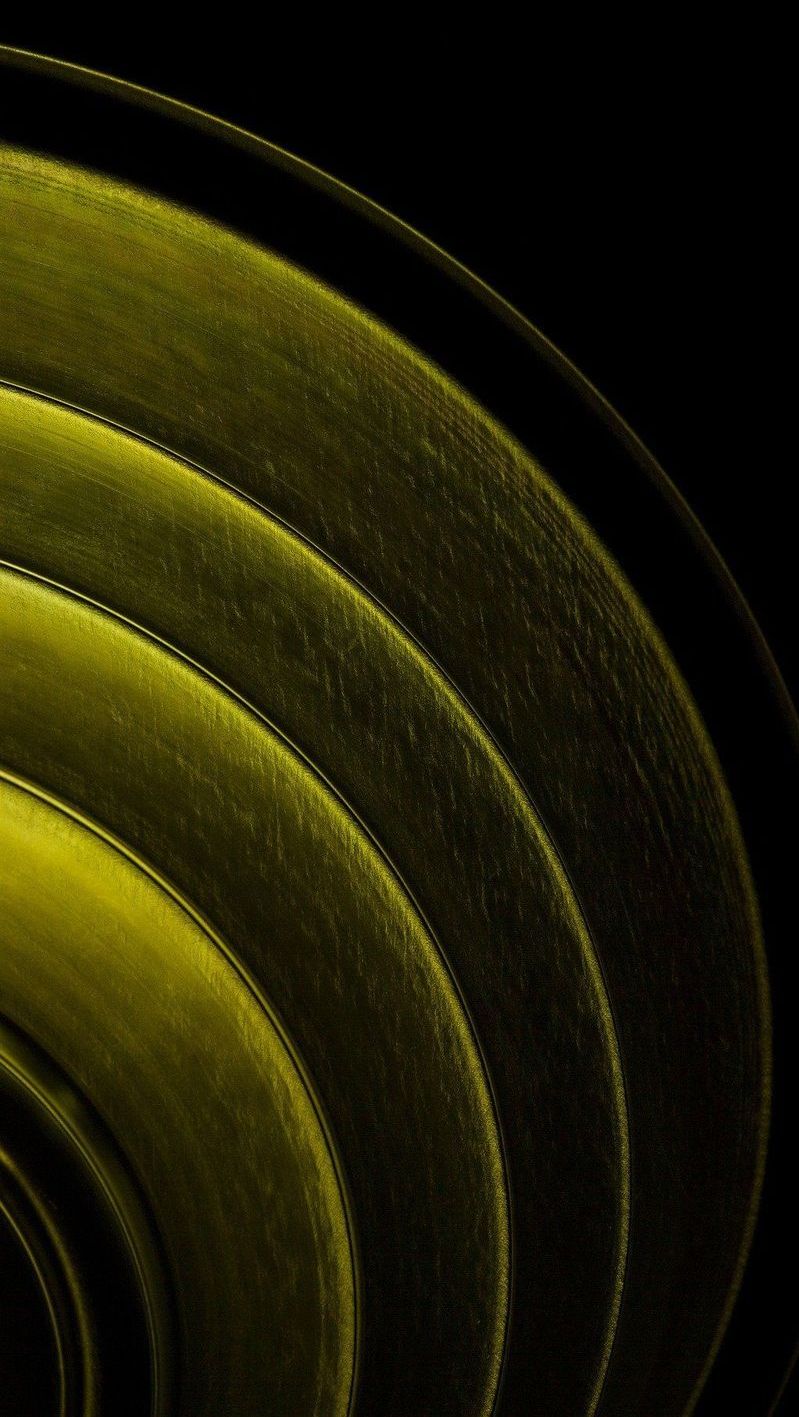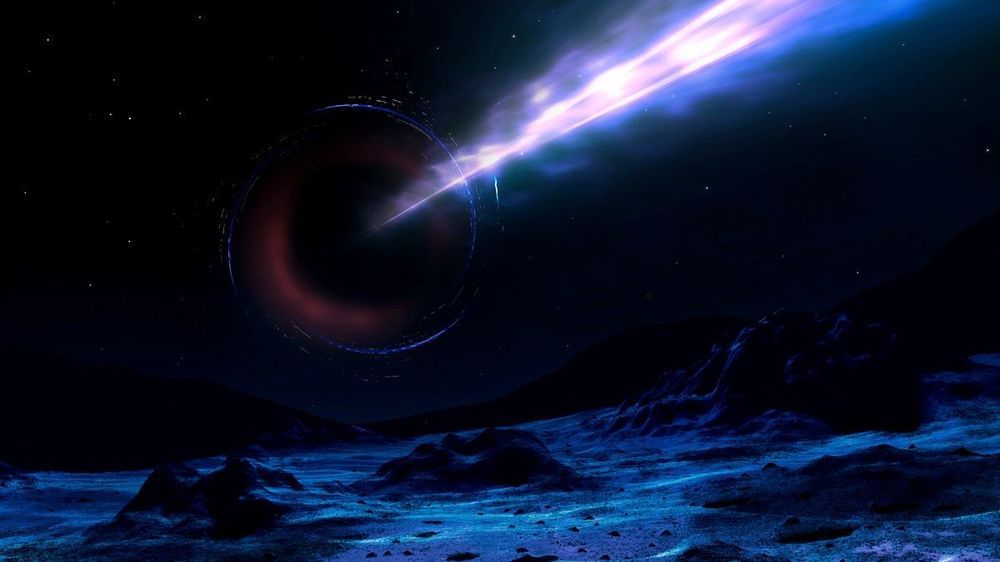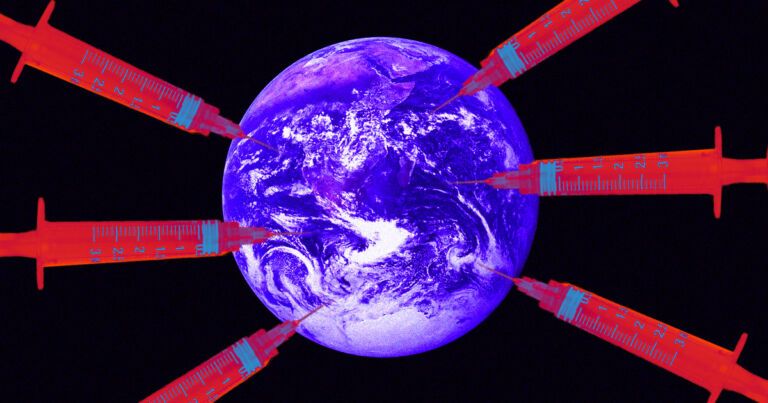Page 6103
Sep 14, 2020
Virgin Galactic to launch its 1st suborbital spaceflight from Spaceport America in October: report
Posted by Alberto Lao in category: space travel
The launch window opens on Oct. 22.
Virgin Galactic will fly to space again next month, if all goes according to plan.
Sep 14, 2020
C-MIMI: Use of AI in radiology is evolving
Posted by Genevieve Klien in categories: biotech/medical, information science, robotics/AI
September 14, 2020 — The use of artificial intelligence (AI) in radiology to aid in image interpretation tasks is evolving, but many of the old factors and concepts from the computer-aided detection (CAD) era still remain, according to a Sunday talk at the Conference on Machine Intelligence in Medical Imaging (C-MIMI).
A lot has changed as the new era of AI has emerged, such as faster computers, larger image datasets, and more advanced algorithms — including deep learning. Another thing that’s changed is the realization of additional reasons and means to incorporate AI into clinical practice, according to Maryellen Giger, PhD, of the University of Chicago. What’s more, AI is also being developed for a broader range of clinical questions, more imaging modalities, and more diseases, she said.
At the same time, many of the issues are the same as those faced in the era of CAD. There are the same clinical tasks of detection, diagnosis, and response assessment, as well as the same concern of “garbage in, garbage out,” she said. What’s more, there’s the same potential for off-label use of the software, and the same methods for statistical evaluations.
Sep 14, 2020
‘Completely preserved’ Ice Age cave bear found in Arctic Russia
Posted by Heather Blevins in category: biotech/medical
“It is completely preserved, with all internal organs in place, including even its nose,” and a preliminary analysis reveals it lived 22,000 to 39,500 years ago… See More.
In a statement issued by the university, researcher Lena Grigorieva emphasized that “this is the first and only find of its kind — a whole bear carcass with soft tissues.”
“It is completely preserved, with all internal organs in place, including even its nose,” Grigorieva said. “This find is of great importance for the whole world.”
Continue reading “‘Completely preserved’ Ice Age cave bear found in Arctic Russia” »
Sep 14, 2020
How cats see the world compared to humans
Posted by Jeremy Dylan Batterson in category: space
SEEING THE STARS AS KITTY CAT SEES THEM. In addition to “naked eye Astronomy” and astronomy with a telescope, there will eventually be something which could be called, “kitty cat astronomy.” Cats have something like 6x the rod cells as human eyes do, but far less cone cells, meaning they can see very faint objects, but lack the human ability to see intricate colors and detail. Cats do not have better vision than humans, but better night vision. Humans have better vision for the things they have evolved for, such as reading books and working on machines during the day. If the human pupil were a bit less than an inch wide, we could theoretically see as brightly as a cat sees at night. Orion Telescope Company has actually produced a purely optical wide angle “binocular-google” that boosts human BRIGHTNESS vision by four times. With new flat lens optics, capable both of extremely short focal lengths as well as off-axis focusing, such a system could eventually be fitted into a pair of eyeglasses. The trick is getting all that aperture into an exit pupil under 7 mm wide, the width of the human pupil at maximum, in dark settings. Otherwise, that extra light is going to waste. Flat lens systems can be designed with ultra low focal ratios, such as F1 or F2, meaning that this would be possible. A pair of eyeglasses could incorporate an under-one-inch optical system, if it were thin enough. Note that it would not be the same as a simple pair of glasses, but an actual telescopic system, collapsed down into a very thin package—with magnification 1x, and brightness intensification 6x or 10x or whatever.
Moreover, since flat lens optics can just as easily create off-axis focal planes (not down the center of the objective lens as with traditional optics), such “binocular-googles” could also be made arbitrarily large. This is because the space between the eyes of about 1.5 inches complicates the size of diameters for the objective lenses. This is why binoculars have to reroute the images through mirrors or prisms, to fit into eyepieces that are the same distance apart as your eyes. However, with flat off-axis lenses, there could be a straight simple line directly to your eyes. (The focal point, instead of being perpendicular to the center of the lenses, could be designed to hit near the edge.) With moderately larger googles we could even see as well as an OWL, or even better. All of this is without even taking into account night-vision technologies which could be added. These are purely optical systems, with no power requirements and so on. When the latter function is added, note that the idea of having lights shining brightly throughout the night will become unnecessary. You could turn off almost all of the night lights in New York City, and everyone would be able to see just fine. Maybe your grandchildren will ask you, “Grampa, how did people see the stars a long time ago, if they had all those bright lights shining in their face?”
https://www.businessinsider.com/pictures-of-how-cats-see-the…ple%20need.
Continue reading “How cats see the world compared to humans” »
Sep 14, 2020
Physicists discover new magnetoelectric effect
Posted by Quinn Sena in categories: computing, physics
Electricity and magnetism are closely related: Power lines generate a magnetic field, rotating magnets in a generator produce electricity. However, the phenomenon is much more complicated: electrical and magnetic properties of certain materials are also coupled with each other. Electrical properties of some crystals can be influenced by magnetic fields—and vice versa. In this case one speaks of a “magnetoelectric effect.” It plays an important technological role, for example in certain types of sensors or in the search for new concepts of data storage.
A special material was investigated for which, at first glance, no magnetoelectric effect would be expected at all. But careful experiments have now shown that the effect can be observed in this material, it only works completely differently than usual. It can be controlled in a highly sensitive way: Even small changes in the direction of the magnetic field can switch the electrical properties of the material to a completely different state.
Sep 14, 2020
The Hall effect links superconductivity and quantum criticality in a strange metal
Posted by Quinn Sena in categories: materials, quantum physics
Over the past few decades, researchers have identified a number of superconducting materials with atypical properties, known as unconventional superconductors. Many of these superconductors share the same anomalous charge transport properties and are thus collectively characterized as “strange metals.”
Researchers at the University of California, Berkeley (UC Berkeley) and Los Alamos National Laboratory have been investigating the anomalous transport properties of strange metals, along with several other teams worldwide. In a recent paper published in Nature Physics, they showed that in one of these materials, BaFe2(As1− xPx)2, superconductivity and quantum criticality are linked by what is known as the Hall effect.
For decades, physicists have been unable to fully understand T-linear resistivity, a signature of strange metals that has often been observed in many unconventional superconductors. In 2016, the team at UC Berkeley and Los Alamos National Lab observed an unusual scaling relationship between the magnetic field and temperature in superconductor BaFe2(As1− xPx)2.
Sep 14, 2020
Say hello to a motor home that is also a ‘portable’ charger for electric vehicle
Posted by Quinn Sena in categories: sustainability, transportation
2021 Living Vehicle is not just a modern home that promises all the comfort of today’s living but can also charge up an EV regardless of where this and the trailer is parked at.
Sep 14, 2020
An Ancient Black Hole as Heavy as a Billion Suns Is Pointed Right At Us
Posted by Quinn Sena in category: cosmology
How to a destroy a black hole will posted below.
The blazar—powered by an extremely bright black hole that can blast a hole through galaxies—is the most ancient ever discovered, sending radio signals from the early universe.
Continue reading “An Ancient Black Hole as Heavy as a Billion Suns Is Pointed Right At Us” »
Sep 14, 2020
There Won’t Be Enough COVID Vaccines for Everybody Until 2024, Warn Vaccine Makers
Posted by Quinn Sena in category: biotech/medical
O,.o.
“It’s going to take four to five years until everyone gets the vaccine on this planet,” Adar Poonawalla, chief executive of the Serum Institute of India, told the newspaper.
Dragging down the feasibility, Poonwalla says that such a vaccine would likely need to include a second booster shot, like for the measles or rotavirus vaccine. That would mean 15 billion doses in total for the entire globe.



















